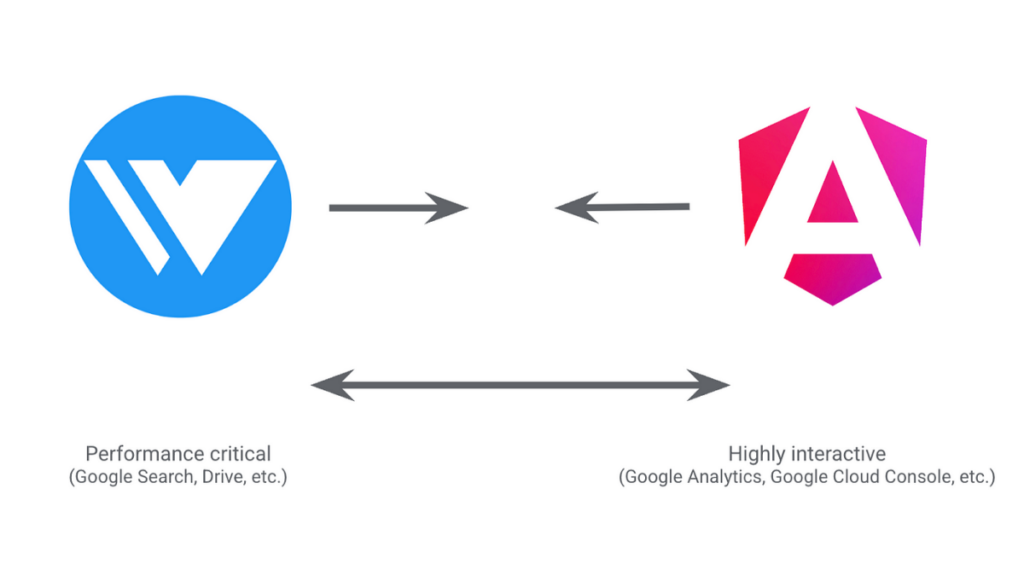Angular is a TypeScript-based open-source front-end web application framework led by the Angular Team at Google and by a community of individuals and corporations. It’s widely used for building single-page client applications and is known for its robustness, scalability, and ease of use.
If “Wiz” refers to a specific tool, library, or concept related to Angular, please provide more details so I can offer you more relevant information.
What is Wiz?
Wiz is a framework designed to optimize the performance of web applications, particularly for users accessing them over slow networks or on low-end devices. It achieves this optimization through several key features:
1. Server-Side Rendering (SSR): Wiz prioritizes server-side rendering for all components of the web application. This means that when a user requests a page, the server renders the entire content of the page and sends it to the client as HTML. This approach minimizes the initial load latency, as the user receives a fully rendered page without needing to wait for client-side JavaScript to execute.
2. Optimizing Streaming Solution: Wiz employs a highly optimizing streaming solution for rendering content. This ensures that even interactive components are rendered efficiently on the server side, further reducing the need for client-side JavaScript processing during the initial page load.
3. Selective JavaScript Loading: To minimize the amount of JavaScript loaded onto the client side, Wiz only loads the code required by interactive components that are actually rendered on the page. This helps reduce the overall payload size and improves performance, especially on networks with limited bandwidth.
4. Event Handling: Wiz includes a small, inline library that listens for user events at the root of the application and replays them as needed. This helps ensure that user interactions are properly handled on the client side without dropping events, even in SSR-first applications.
While Wiz offers significant performance benefits for end users, it does introduce increased complexity for developers, particularly for applications with highly interactive features. Developers using Wiz must navigate this complexity to leverage its optimization features effectively.
Angular and Wiz: A Perfect Pair for Enhanced Development
“Angular and Wiz Are Better Together” is a statement suggesting that using Angular, a popular web application framework, alongside Wiz, potentially referring to a specific library, tool, or technology, can yield enhanced development experiences or outcomes.
Angular is a front-end web framework developed by Google, known for its robustness, modularity, and support for building single-page applications (SPAs). It provides a structured approach to web development, with features like two-way data binding, dependency injection, and a component-based architecture.
“Wiz” could refer to various things within the context of web development. It might be a specific library, tool, or even a methodology tailored to work well with Angular.
Here are a few possible interpretations of “Wiz” in this context:
1. Angular CLI (“Command Line Interface”) Wizards: Angular CLI is a command-line interface tool provided by the Angular team for initializing, developing, scaffolding, and maintaining Angular applications. It offers a set of commands and generators (“wizards”) to streamline the development process. Using Angular CLI alongside Angular can indeed enhance productivity and maintain best practices.
2. Wizard-like UI Components: Some libraries or frameworks offer pre-built UI components, including wizards or multi-step forms, designed specifically for Angular applications. Integrating such components can improve the user experience and save development time.
3. Code Wizards or Generators: Some development tools or extensions, like VS Code extensions or online services, provide code generators or wizards for creating Angular components, services, modules, etc. These tools can speed up development by automating repetitive tasks.
4. Third-party Libraries or Frameworks: “Wiz” could refer to any third-party library, framework, or tool that complements Angular and enhances its capabilities. This could include libraries for state management (e.g., NgRx), UI frameworks (e.g., Angular Material), or testing frameworks (e.g., Jasmine).
Regardless of the specific interpretation, the phrase suggests that combining Angular with another tool or technology can lead to synergistic benefits, such as improved development speed, code quality, or user experience.
